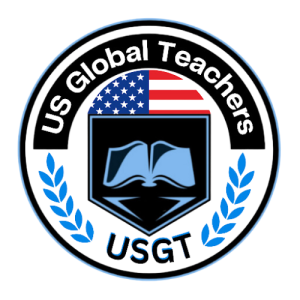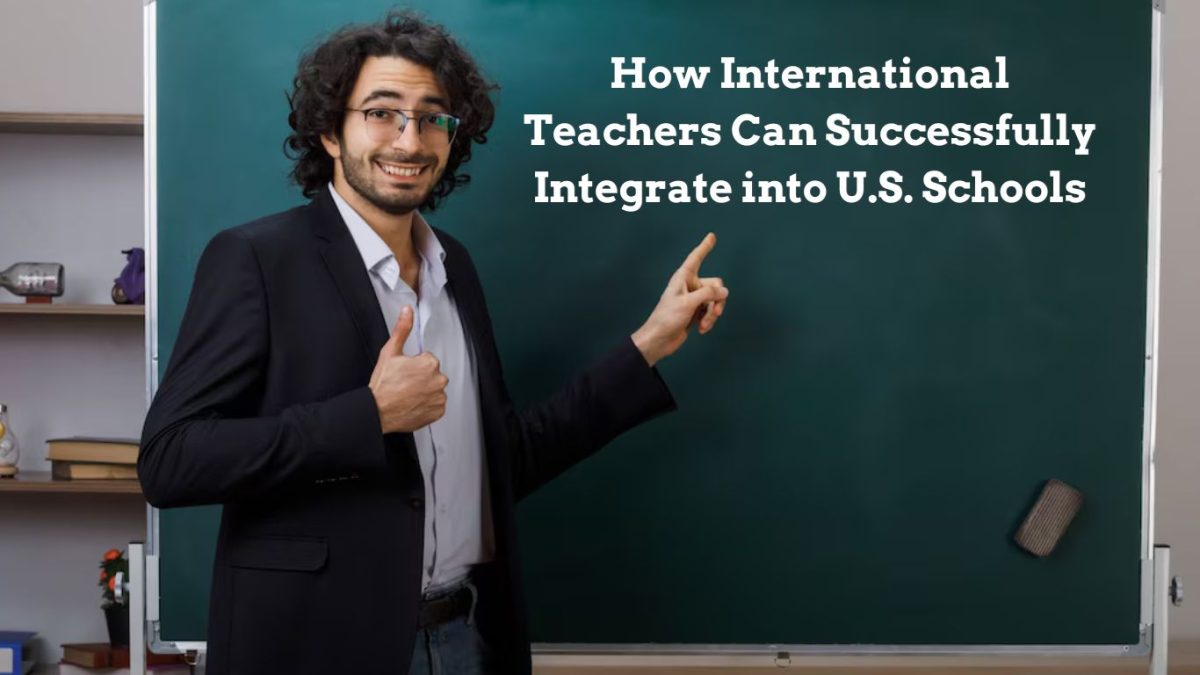Dreaming of Teaching in the USA? Roadmap for International Educators
If you’ve ever thought of being a teacher in various nations, you’re not alone. Many international educators want to share their experience and love of instructing at American schools. But, the process of applying for an appointment as a teacher and getting visa sponsorship can be a challenge with no instructions. This blog will be your guideline to help know the steps needed to be taken, and also how educational hiring agencies such as US Global Teachers can assist you on your way.
Understanding the Visa Process for Educators
It is a H1B visa cap exempt that is an immigrant visa that permits U.S. companies, including schools, to recruit international educators in specialized professions. For educators this means that teachers from all over the globe can transfer their expertise and experience into classrooms in the U.S.
Many find that the way to obtain an H1B visa can be marked by confusion, particularly with the limitations on annual caps. However, there’s good news that some education-related jobs are typically exempt from the H1B cap. That means if you are eligible for teaching positions in government organizations or other affiliated institutions there are more possibilities for employment without having to worry about the H1B cap.
Let’s look at the steps to take on this path and discover the vital role that educational staffing companies can help you get your ideal teaching position within the USA.
Step 1: Research Your Qualifications
When applying for teaching jobs for teaching positions in The U.S., ensure that your qualifications are in line with the standards of the specific state you intend to instruct. A majority of states in the U.S. require teachers to have at least a master’s level education degree or relevant field of study, in addition to an education certification.
- Educational Credentials Evaluation
If you have received your education outside the United States, it’s essential to evaluate your credentials in order to prove their equivalent in accordance with U.S. educational standards. Organizations such as World Education Services (WES) can aid in this evaluation to ensure that your credentials are accepted as valid by U.S. school systems.
Step 2: Identify Your Target Job Market
It is true that the U.S. education system has many needs. Understanding the areas where your expertise is able to meet the needs of students will give you an advantage. Cities typically are in greater demand for teachers, specifically in fields such as STEM (Science technology, Engineering, and Mathematics) as well as special education as well as ESL (English as second language).
Explore local school districts to determine their particular needs, since this will influence the job hunt.
Step 3: Make contact to Educational Staffing Agencies
This is where education hiring agencies such as US Global Teachers come to help for international teachers. They are experts in helping educators locate teaching jobs USA. This is how these agencies can help you in a step-by-step manner:
1. Application Support
Educational Staffing agencies help you through the complicated application process. They can assist you in modifying the cover and resume so that it reflects U.S. standards, making it more appealing to prospective employers.
2. Job Placement Services
After your application materials are completed after which the agency will pair you up with the most appropriate teaching jobs based on your skills and interests. Their relationships with colleges, schools and educational institutions could dramatically improve your chances of getting interviews.
3. Interview Preparation
How you prepare for a teaching evaluation at America United States is crucial. Educational staffing agencies can offer insight into the most frequently asked questions in interviews and help you comprehend the specific cultural elements of American educational environments, enabling you to confidently present yourself.
4. Visa Application Assistance
Making the process of applying for visas isn’t easy. The experienced staffing agencies for educational institutions’ staff can assist you in creating your H1B cap exemption visa application, and will ensure that it is accurately completed and submitted in time.
5. Ongoing Support
Once you have secured a job, Educational Staffing agencies remain an invaluable source. They can provide guidance on adapting to American methods of teaching and assist with any issues that may arise.
Step 4: Prepare for Your Move
After you have received an offer to work and your visa has been approved then the next step is preparing your relocation into America. United States. Think about the following points:
1. Housing Arrangements
Explore housing options near your school. Based on the location you’re moving to or relocating, you may want to consider sharing accommodations or temporary accommodation until you settle.
2. Cultural Adjustment
Moving to a different country requires cultural changes. Being a part of the local community, taking part in events of the culture, and joining with teacher groups can assist you to adjust and feel more at ease.
3. Building a Professional Network
Building a community of educators who are in the same boat is essential. Take part in educational events, webinars, and workshops to meet other professionals and gain insight into the American education system.
Step 5. The Importance of Teaching Certification in the USA
The certification of teachers is a requirement in the U.S. is essential for maintaining the highest standards of education. It assures educators are qualified, have the expertise, and experience to effectively teach students. The certification helps to ensure the quality of education, accountability, and the safety of students.
Most states require certification for teachers in public schools to ensure that teachers meet standard requirements across the nation. This is a requirement for education examinations, background checks. International educators also require certification for working within America. U.S., ensuring they remain current with the latest teaching techniques and standards.
Every state is different and has their own accreditation procedure, which can differ greatly in terms of tests or training requirements, as well as other aspects. Although some States have agreements of reciprocity which permit instructors to carry their certifications, other states may have distinct rules, particularly in specific areas such as bilingual or special education.
Benefits of working with US Global Teachers
Engaging with an agency that provides educational staffing such as US Global Teachers not only makes it easier to find a job, but also gives you access to numerous sources. The agencies have established strong relationships with schools, and are well-versed in the requirements U.S. school districts are seeking.
Here are a few benefits from partnering with a staffing agency:
- Access to exclusive job listings: Agencies are often privy to job listings that might not be made available to the public.
- Expert guidance: Their expert expertise and knowledge will help you save time and lessen the stress that comes with the job hunt.
- Secured Placement: Placement will advocate for you throughout the process of hiring, which increases your chances of being hired by presenting your resume to prospective employers.
Conclusion: Your Journey Begins Now
A career as a teacher within the United States as an international educators can be a rewarding experience that is filled with satisfaction for professional and personal improvement. Through understanding the process for obtaining an H1B cap exempt visa and taking advantage of the experience of educational staffing companies like US Global Teachers, you are able to navigate the difficulties of obtaining a teaching position at a school in the U.S. more efficiently.
Do not hesitate to take the first step! Get in touch with US Global Teachers today to find out more about the ways they can assist you to realize your dream to teach to students in the USA. Your journey at the school is just around the corner!



